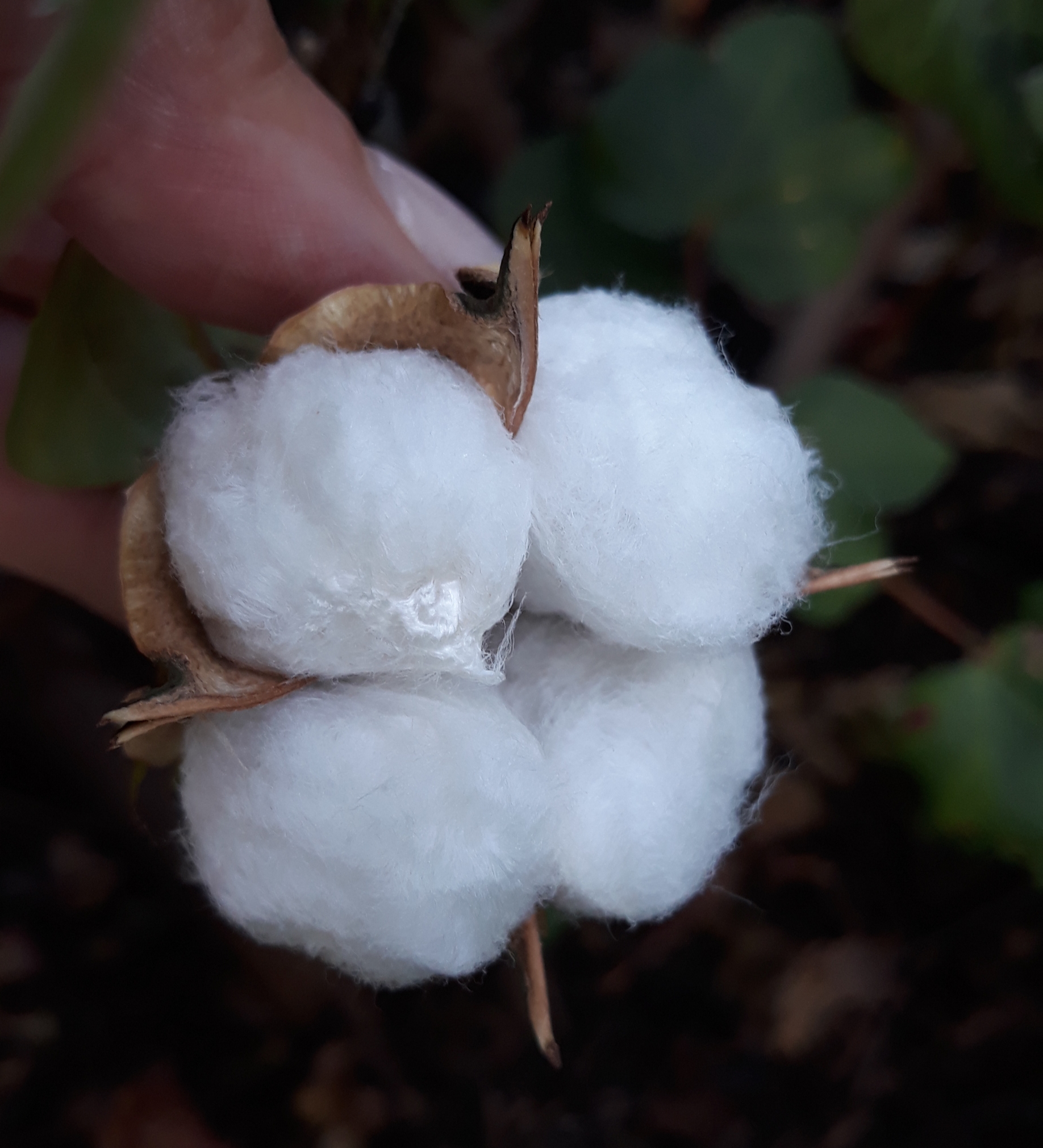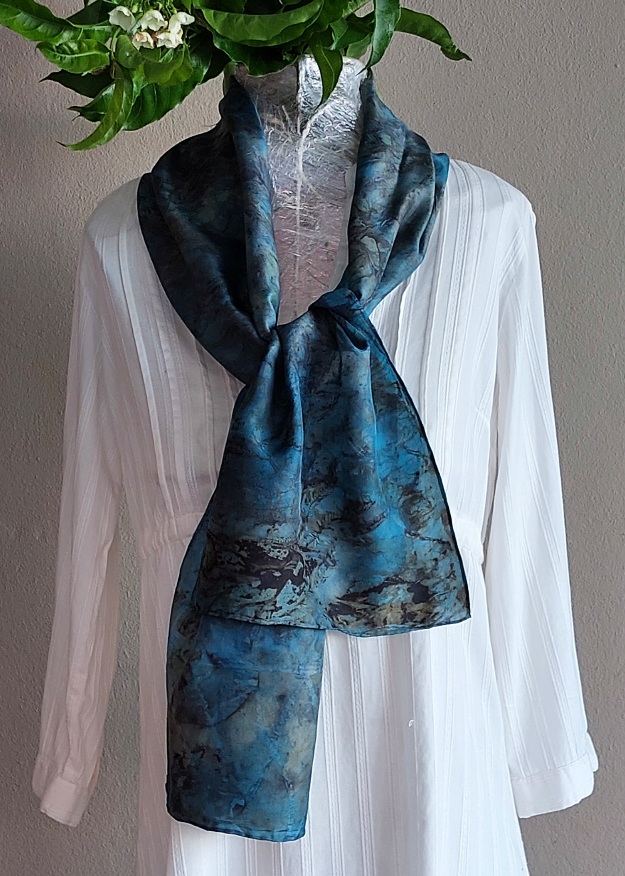Organic home-grown, hand-spun cotton produced on a small townhouse property in the city!
In 2017 DH and I went to Limpopo province to visit Mapungubwe, a historical site dating back to the 11th century. Instead of our usual camping, we stayed in SanParks accommodation which was very good. Vembe camp on top of the hill is a very special camp where the ellies come to drink out of the rock swimming pool behind the camp! At night you can braai with a view of the valley below the camp! If you are prepared to lug all your food up the hill to the camp you will have a very memorable stay!
While we were in Mapungubwe we drove around in the area surrounding the park. Mapungubwe is situated on the Limpopo river (the border with Zimbabwe and Botswana) and the farmlands around the reserve include many cultivated crops, tomatoes and cotton being the most common. There must have been a cotton harvest some time recently, so there was a lot of picked cotton lying next to the roads. DH stopped the car so that I could pick up one of the cotton bolls.

I brought this cotton boll home, and stripped the seeds of the cotton. I only got to planting the seeds late in 2017 (BIL says one should plant in late August but I missed that date – the soil should already be warm after the winter before planting the seeds). I planted the seeds in seedling trays, and lo and behold, they all germinated! I planted them into a bigger pot which I placed in the sun next to the swimming pool.


About 6 months after planting I started picking the popped cotton bolls! The cotton is so beautiful and soft, and a pleasure to work with! There is no vegetable matter in the cotton which could be in from industrially harvested crops.


I spun a little bit to see how it spins up, and I was very satisfied with the result.

Cotton has a very short staple length so you have to spin it differently to wool to ensure that you entrap all the fibres in the twist to make the thread. Cotton spinning takes a bit of patience and perseverance especially if you have only ever spun woollen fibres.
I picked all of the 2018/2019 crop from the pot, and planted some more seeds. These also germinated very successfully. I planted some of them in another big pot and some in my small vegetable garden (about 30 plants in all).

Those in the original pot started producing again (I pruned them a bit after winter and fed them with organic compost and liquid) and they have started giving me cotton already. The new batch are laden with cotton pods which I am expecting to pop any time soon!
To prepare to spin the cotton, I lay the cotton on my lap in strips of fibre lying in the same direction, and then use a pair of chopsticks to make a puni which I can spin off. I like to make all the punis before I spin so I can move from one puni straight to the next one – chain spinning!


My first batch of cotton (2018/2019-1/1) has yielded a 72 gram skein of 2-ply cotton, length approx 145m. It is very beautiful! I will be able to use it for weaving, knitting or crocheting.

My cotton is 100% organic. I do not use ANY chemical insecticides or fertilizers. I feed the cotton with our own home- grown compost and my home-made Bokashi liquid fertiliser. I pluck each boll myself, so there is NO vegetable matter in it and it is a pristine white colour.
If you would like to buy some seeds or seedlings please contact me.




